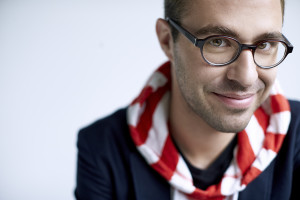
Vincent Lauzer | recorder
If you had heard Regina-based Artistic Director Simon Fryer announce the Women’s Musical Club of Toronto’s (WMCT) 117th concert season in 2014-2015, witnessed the enthralling performance by Montreal’s Vincent Lauzer, shared the experience with a packed Walter Hall, your faith in Toronto’s classical music scene would be doubly renewed.
The “Music in the Afternoon” series features an artful line-up of debuts by international artists, and some of Canada’s most promising up-and-coming performers.
Recorder music might not bring to mind excitement and nuance, but a listen to Vincent Lauzer—winner of the WMCT’s 2012 Career Development Award—would certainly open audiences up to some exquisite musical moments with one of the most understated instruments in western music.
The program featured works by Baroque composers Sammartini, J.S. Bach, Corelli and Vivaldi, which were rendered tastefully by the continuo ensemble with Mylène Bélanger on harpsichord, Chloe Meyeres and Tanya LaPerrière on baroque violin, Jacques-André Houle on baroque viola, and Mélisande Corriveau on baroque cello.
The ensemble was in perfect balance with the incredible nuances revealed to the deep listener. Everyone, including the ensemble, was enchanted with Lauzer’s winning personality.
The most exciting part of the concert was a selection of contemporary works written for solo recorder titled, “Minimal Music” and “Schlaflied für einen Kolibri (Lullaby for a hummingbird)” from a suite by composer Marcus Zahnhausen. In a style of music known for its deceptive simplicity, they provided a vehicle to draw out Lauzer’s breathtaking virtuosity. Playing from memory, Lauzer shined over the pieces’ densely packed lines, which were subtly shaped into a frenzy that conveyed the up-tempo work’s larger musical ideas.
The second half of the concert opened with “Meditation,” by Japanese composer Ryōhei Hirose. Lauzer played the work by invoking the sound of a Shakuhachi (Japanese flute), and then followed with the finale of the program, “Commentari III” by German composer Dorothée Hahne.
Perhaps the WMCT wasn’t the place you would expect to hear live electronics music, but it speaks greatly of its devotion to the standards set by those before us. By selecting Lauzer as their career development award winner, they demonstrate a commitment to paving the way towards a vision of the future. Lauzer is a true talent with a captivatingly delicate yet robust musicality.
There are already plans for a 2015 presentation of the award; the 10th since it was founded in 1990. Two additional runner-up prizes will be added, and the main prize will be increased from $15,000 to $20,000. If this concert was any indication, there is some impressive music making for us to look forward to from the WMCT in the seasons to come.
Learn more about their new season here and read more about the prize here.
Margaret Lam
Quelle/Original Artikel: Musical Toronto

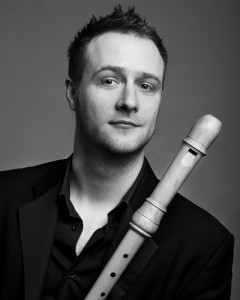 From 1 to 2 November 2014, the
From 1 to 2 November 2014, the 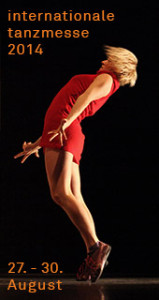
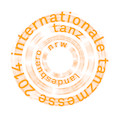
 Die Stadtkirche St. Reinoldi bittet wieder zum Tanz: 2014 bilden Tanzperformance, experimentelle Musik und die besondere Architektur des Kirchenraums einen einzigartigen Dreiklang. Die Tänzerin Henrietta Horn reagiert mit ihrem Körper auf die Klänge der Musikerin Dorothée Hahne – und umgekehrt. Es entsteht ein wechselseitiger Dialog: miteinander, mit dem Raum und vielleicht auch Ihnen und Ihrer Wahrnehmung auf den sakralen Raum. Wir möchten Sie herzlich einladen zu diesem außergewöhnlichen multimedialen Erlebnis und, wenn Sie mögen, zum regen Austausch im Anschluss.
Die Stadtkirche St. Reinoldi bittet wieder zum Tanz: 2014 bilden Tanzperformance, experimentelle Musik und die besondere Architektur des Kirchenraums einen einzigartigen Dreiklang. Die Tänzerin Henrietta Horn reagiert mit ihrem Körper auf die Klänge der Musikerin Dorothée Hahne – und umgekehrt. Es entsteht ein wechselseitiger Dialog: miteinander, mit dem Raum und vielleicht auch Ihnen und Ihrer Wahrnehmung auf den sakralen Raum. Wir möchten Sie herzlich einladen zu diesem außergewöhnlichen multimedialen Erlebnis und, wenn Sie mögen, zum regen Austausch im Anschluss.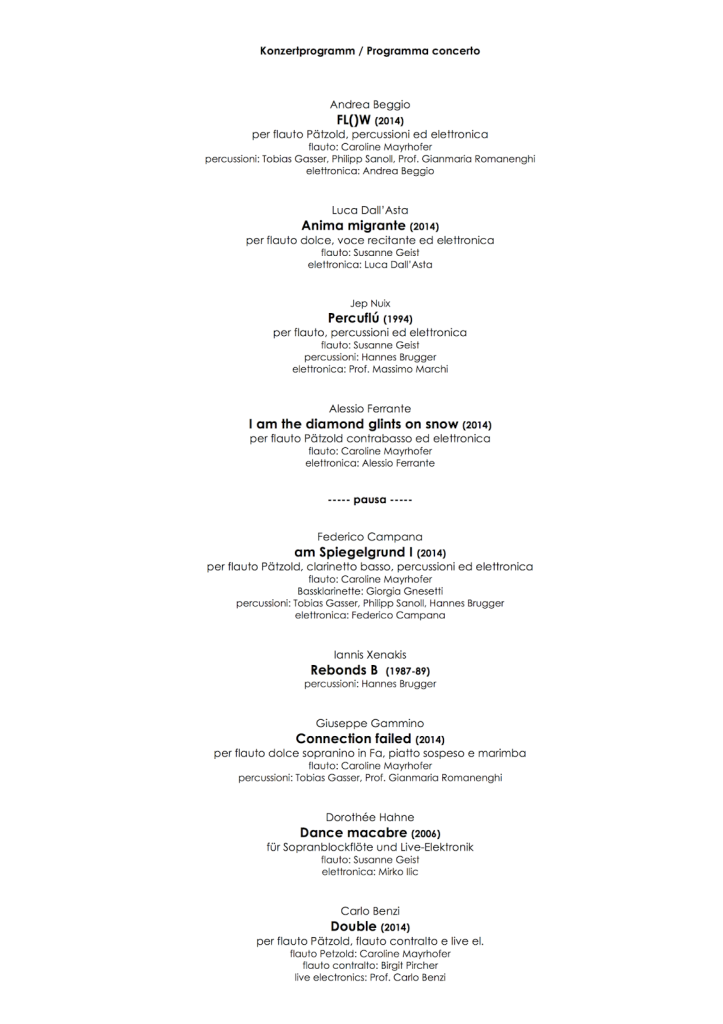
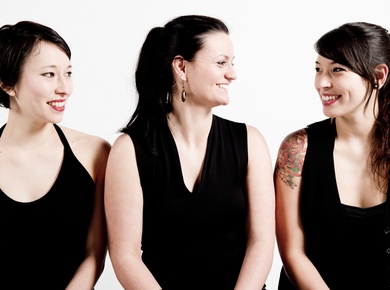


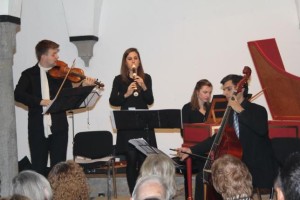




Kingston (CA): Solo Virtuoso Recorder with Electronics – Vinzent Lauzer
Venue: Isabel Bader Centre for Performing Arts, 390 King St W, Kingston, ON K7L 2X4, Kanada, Telefon:+1 613-533-2424